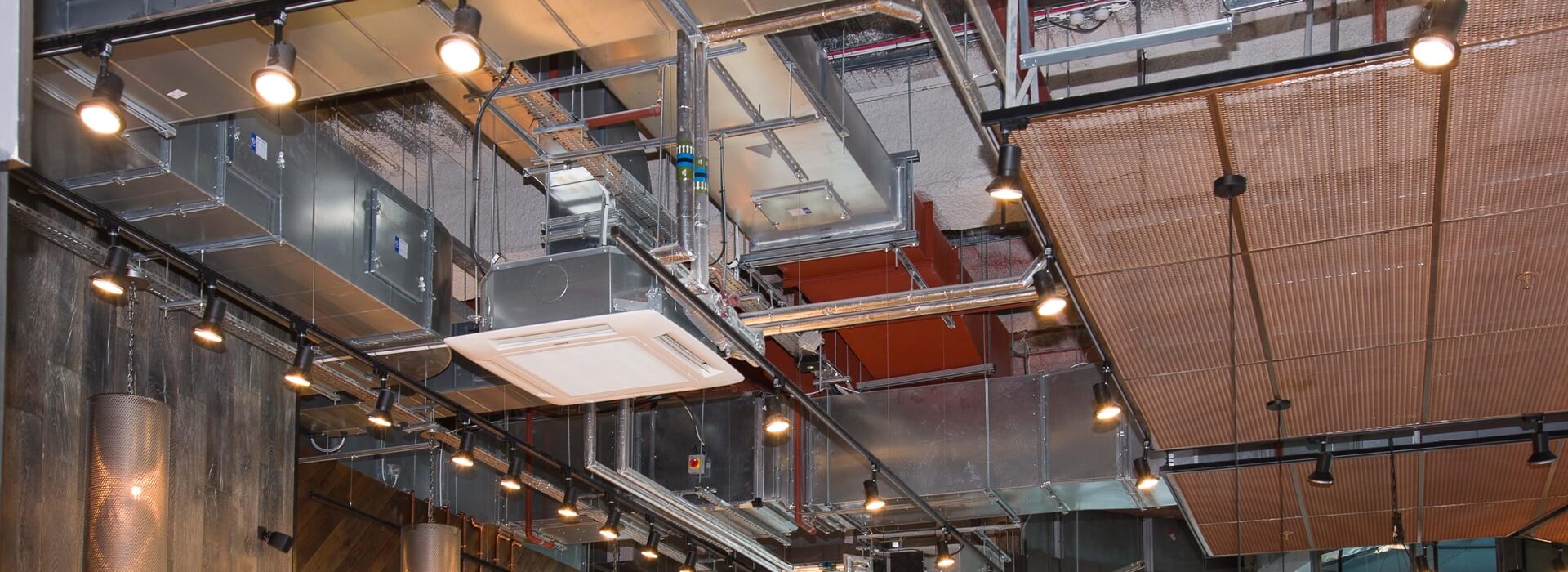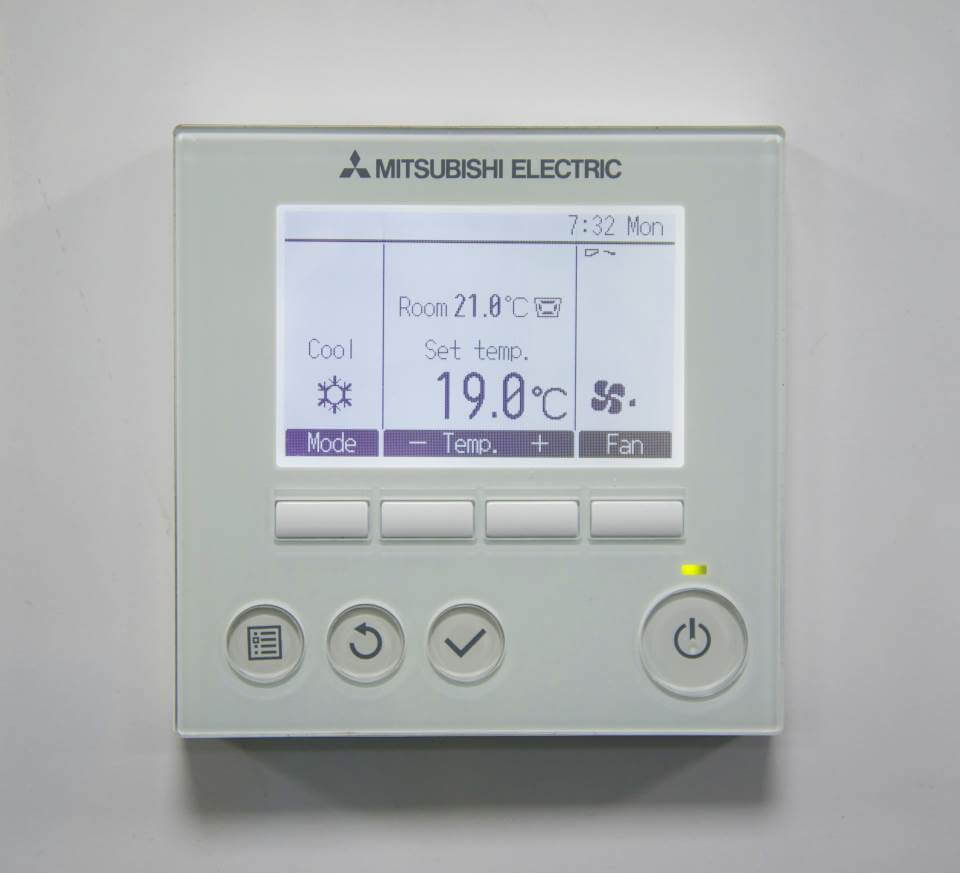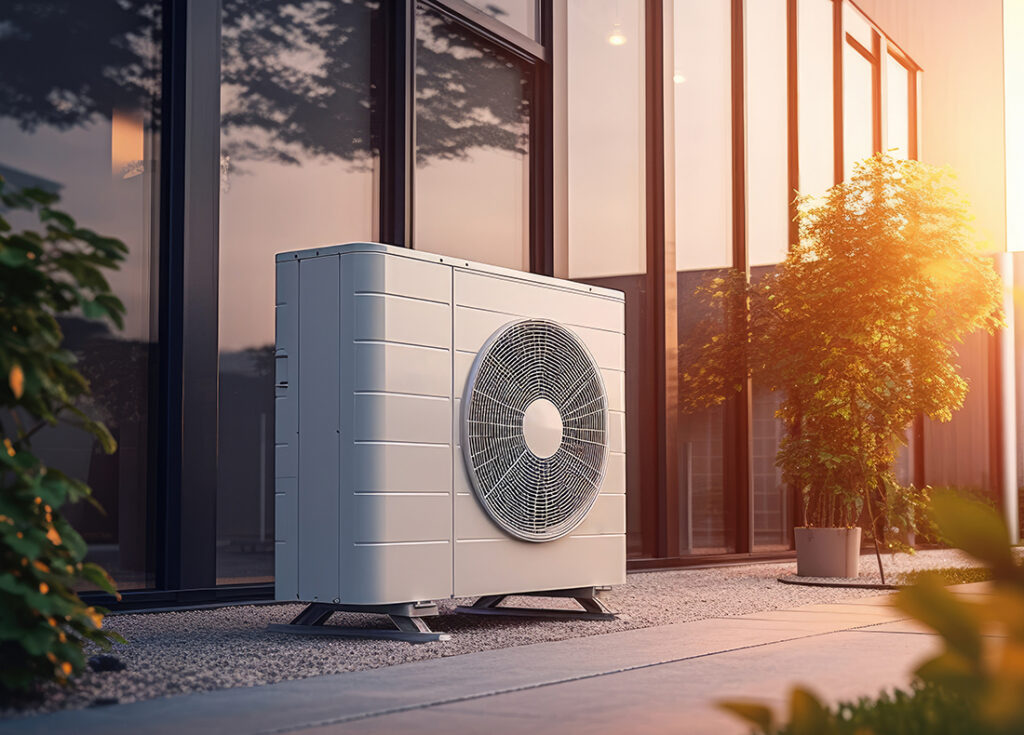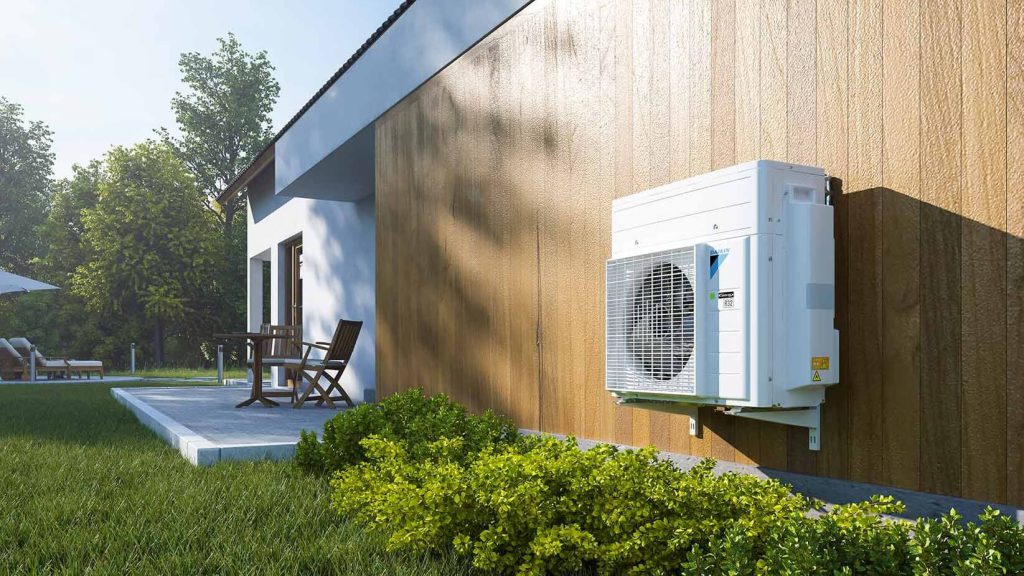Air Conditioning Refrigerants – They Make Air Conditioning Possible

Estimated reading time 5 minutes
In a previous article we talked about air conditioning, how it works and its history. In this article we look at the refrigerants that make air conditioning possible and how they have changed and developed over the years to improve safety, stability, durability, efficiency and reduce CO2 emissions.
As air conditioning has evolved and improved over the years so have the refrigerants being used in air conditioners and refrigerators. Without refrigerants, we would not have air conditioning, refrigeration or freezing technology.
The Pioneers of Air Conditioning Refrigerants
The first air conditioners and refrigerators used a number of flammable and/or toxic gases e.g. ethyl ether, methyl ether, ammonia and methyl chloride.
In 1834 Jacob Perkins was credited with the first patent for the vapour-compression refrigeration system which utilised ethyl ether as the working fluid. Perkins system was a closed circuit which was made up of a compressor, condenser, expansion device and an evaporator. The first compression machines that proved to be successful on an industrial scale were developed by James Harrison. Around this time ammonia, sulfur dioxide and carbon dioxide were isolated and available to use as refrigerants.
American Thaddeus Lowe developed a carbon dioxide refrigerating system in 1862 which later fell into disuse. Carbon dioxide was an improvement in terms of its low toxicity however it required high-pressure machinery and a low critical temperature of 31.6°C which was difficult to use.
In 1863 French inventor Charles Tellier introduced methyl ether as a replacement for ethyl ether in a single cylinder compressor. By doing this he reduced the risk of drawing air into the system and forming an explosive mixture within the machine.
American David Boyle introduced the first ammonia compressor for refrigeration purposes in 1872. Four years later German Carl von Linde designed the first machine to work with ammonia on a broad scale in the industrial field.
Methyl chloride was used by the Frenchman C. Vincent for the first time as a refrigerant in 1878. It remained in use for many years until the 1960s.
A second generation of air conditioning refrigerants emerged in the 1920-1930s, following research conducted by Frédéric Swarts and by a team at Frigidaire Corporation, headed by Thomas Midgley Jr. an American mechanical and chemical engineer. This research found some of the first safe, stable, non-flammable, non-toxic refrigerants called chlorofluorocarbons (better known as CFCs).
The first CFC - R12 came onto the market in 1931 followed by the first HCFC - R22 in 1934. In 1961 the first azeotropic mixture (a mixture of two or more liquids whose proportions cannot be altered or changed by simple distillation), R502 - R22/R115 was produced.
Refrigerants and the Ozone Layer
In 1974 F. S. Rowland and M. J. Molina published a paper called “Stratospheric sink for chlorofluoromethanes: chlorine atom-catalysed destruction of ozone” which detailed the chemical reactions affecting the chlorofluoromethanes CCL3F and CCL2F2 on their release into the environment. They suspected that the chlorine released by halogenated hydrocarbons was adversely affecting the ozone layer.
This paper led to the Montreal Protocol of 1987, a global agreement ratified by 196 nations to protect the stratospheric ozone layer by phasing out the production and consumption of ozone-depleting substances (ODS) which subsequently led to the banning of CFCs (2006) and HCFCs (2015).
Today, other halogenated (but not chlorinated) refrigerants are now being used in place of R22.
Fluorinated Gases (FGas) Rules and Regulations
It’s not illegal for any businesses to have a fully functioning air conditioning or refrigeration system running on R22 refrigerant gas with the CO2 equivalent charge weight of 5 tonnes and above. However it’s vital that FGas containing air conditioning or cooling systems have their equipment leaked tested and the system must be regularly serviced and maintained to meet strict FGas rules and regulations. This is to prevent leaks which could have serious environmental implications and to avoid fines for non-compliance. Businesses unable to provide the necessary records to prove their compliancy with FGas regulations will receive a penalty notice and further fines if not addressed.
Anyone carrying out FGas testing must hold a DEFRA approved Stationary Equipment Qualification Company Full Certificate, issued by Refcom.
Replacing FGas Air Conditioning Systems
Although current legislation still allows for R22 refrigerant systems to be in use, it’s clear that these systems are reaching the end of their lifespan and companies should be looking to replace them as soon as possible. This is especially true where a system is business critical and could result in downtime and loss of earnings.
It’s worth reflecting on the fact that today’s new air conditioning systems are far more energy efficient and will pay for themselves through the savings that will be made in energy bills. As a company you will also be playing your part in reducing CO2 emissions.
To encourage and support businesses to invest in energy saving equipment e.g. in the replacement of R22 refrigerant systems, the Government is offering tax relief as part of its Enhanced Capital Allowance (ECA) scheme. There are also payment plans available on new air conditioning installations.
Helpful Air Conditioning Advice and Support
Synecore can provide the best advice on what air conditioning products would best meet the needs of your building and business. When it comes to installation and commissioning you can rely on our professional and fully qualified managers and engineers.
As part of our service we will also decommission your old system and dispose of it in an approved manner.
We are an approved installer and maintenance provider of air conditioning systems by all the major brands, including Daikin, Mitsubishi Electric and Toshiba and we offer competitive warranty periods of up to seven years on all systems we install and maintain, which when coupled with our Planned Preventative Maintenance scheme offers a very competitive warranty periods on parts and labour.
To discuss your air conditioning in Kent or London installation requirement please call us on 01795 509509, email sales@synecore.co.uk or contact us via our contact form.



